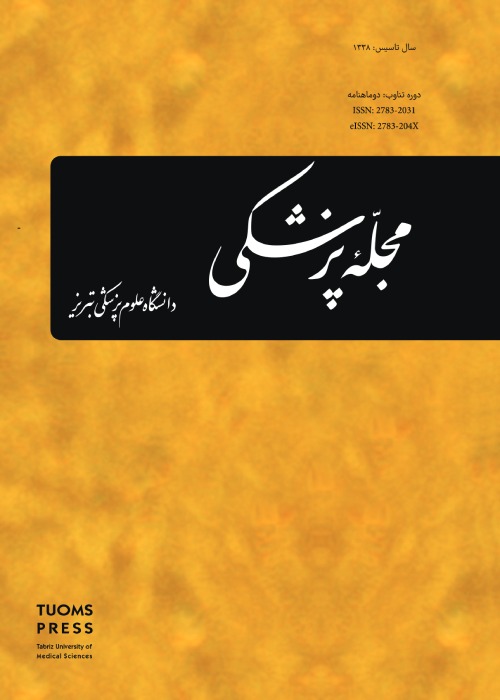Genotyping and Antibiotic Susceptibility Patterns of Pseudomonas aeruginosa Isolated from Burn Ward of Sina Hospital in Tabriz
Pseudomonas aeruginosa is one of the important nosocomial Gram-negative bacilli which are resistant to most of antimicrobial agents and antibiotics. This opportunistic bacterium is capable of causing life threatening infections in patients, especially in those with immunodeficiency such as those in ICUs and burn wards. This study was conducted to detect antibiotic susceptibility and also molecular typing of P. aeruginosa isolates from burn infections by using RAPD (Random amplified polymorphic DNA).
Totally 124 P. aeruginosa isolates collected from burn patients consisting of burn infection discharge and blood specimens by application of conventional microscopic, culture and biochemical identification tests. The collected isolates were studied for their antibiotic susceptibility patterns using routine antibiotics ceftazidim (30 µg), aztreonam (30 µg), carbenicillin (100 µg), polymixin B(300 u), colistin(100 µg), gentamicin(10 µg) and ciprofloxacin(5 µg) by disc agar diffusion method and detection of genotypes by two short primers namely 272(5-AGCGGCCAA-3) and 208(5-ACGGCCGACC-3) according to RAPD-PCR method.
Results of antibiotic susceptibility tests showed high resistance to aztreonam (70.1%), ceftazidime (66.1%), colistin (61.2%) and gentamicin (47.5%), but less resistance to ciprofloxacin(18.5%) and polymixin B(13.7%). Based on antibiotic susceptibility 41 patterns were detected. RAPD-PCR created 32 genotypic profiles with base pair length ranging from 250 to 10000. Each genotype showed between 1 and 8 different weight DNA bands. Genotype 3 was the most prevalent, identified in 42 isolates (33.8%) and accommodated isolates with similar antibiotic susceptibility patterns, while in other genotypes no similar susceptibility patterns were encountered.
Our P. aeruginosa isolates collected from burn infections were most resistant to aztreonam (70.1%), but least resistant to polymixin B (13.7%). The test isolates showed 41 antibiotic susceptibility patterns and 32 RAPD genotypes. Genotype 3 was the most prevalent and accommodated isolates with similar antibiotic susceptibility patterns, but in other genotypes, isolates with similar antibiotic susceptibility patterns was not detected. Some isolates with similar antibiotic patterns underline possibility of their transfer among burn patients and suggest need for restricted conditions and microbiologic surveillance in the burn wards.
- حق عضویت دریافتی صرف حمایت از نشریات عضو و نگهداری، تکمیل و توسعه مگیران میشود.
- پرداخت حق اشتراک و دانلود مقالات اجازه بازنشر آن در سایر رسانههای چاپی و دیجیتال را به کاربر نمیدهد.


